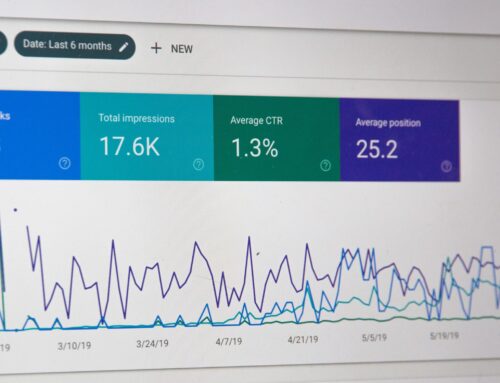Digitec recently attended the Learning 2022 conference in our own backyard, here in Orlando. Here’s a recap of the major themes and takeaways, for those of you who couldn’t attend, which included the continued popularity of gamification, the emergence of virtual reality and the philosophy around “learning in the flow of work.”
![]()
Gamification:
The session “From Boardgames to Hololens: Serious game-playing at the hospital,” presented by Judith Gegoor reinforced the main benefits of gamification, as well as simulation:
- Higher engagement and immersion
- A safe space to experiment
- Positive emotions that improve learning.
With so many sessions mentioning the importance of increased employee engagement, this session reinforced how gamification can help break through the distractions that self-paced eLearning is prone to, by requiring more active engagement and focus. The session featured a nice VR example of a medical simulation that allows healthcare professionals to diagnose and treat virtual patients. Games offer a great way to reinforce learning through decision-making, then seeing the results of those decisions.
Big takeaway: with medical simulations, you need to work with a team of medical SMEs to ensure the decision choices and consequences are realistic and accurate.
Virtual Reality:
VR was also featured during the “Explore the Business Reality of Virtual Reality.” Presenter Laura Masica, Sr. Director of Learning at Daikin featured a perfect case study for using VR. The company specializes in very large HVAC units. These units are massive and weigh several tons, so transporting them to sales conferences is not practical. Instead, Daikins created a 3-D model, using Quest 2 headsets and the Unity game engine, to allow the sales team to demonstrate the features of the unit to prospects, via VR. Daikins can interact with the unit through a PC or login and interact with the 3D model using a VR headset. The game engine allows them to simultaneously communicate with the sales and technical team, who can log in remotely from anywhere in the world. Daikins has plans to extend this sales tool for technicians to do troubleshooting and technical training in the future.
Big takeaway: this project demonstrated an easy Return-on-Investment, since one sale will pay for development.
Jill Kirland from PwC provided some great stats on the training benefits of using VR, during her session. For a diversity and inclusion program, PwC deployed 100 VR headsets across their organization. Then, they assessed the results, which found that:
- Speed to learning increased 4X
- 275% more confident of what they learned
- 75 X increase in connection to the content
- 4X more focused on the learning than traditional eLearning.
Learning in the Flow of Work:
This was a very big theme discussed in several sessions during the conference. In the session, “Leverage Augmented Reality to Bring Learning in the Flow of Work,” Phoenix Cavalier presented the benefits of using QR codes to launch AR learning experiences, exactly when and where learners need them. Mentioning that COVID and the touch-less interactions have provided a resurgence of QR codes, he presented some use cases for AR. He also clarified the differences between AR (Augmented Reality) – which is digital content delivered over a real-world environment, Mixed Reality (MR) – combining real-world and virtual experiences accessed through headsets, and Virtual Reality (VR) – a fully immersive experience where the real world is replaced by 3-D environments.
Big takeaway: AR has gone mainstream. Users now are very comfortable launching QR codes through their phones, so “training” learners on the tech has not been an issue.
Bill Crose argued in his session that processes with more than seven steps are “unlearnable.” His premise is that information is exploding at such a rate that no one can, or should, memorize steps in order to learn. Instead, he believes that technology-enabled performance support will become more mainstream, with intelligent agents stepping learners through processes, when and where they need them.
Final takeaways:
During nearly every session, presenters reinforced that some of these VR technologies are still not necessarily practical to provide training at scale, but that these are emerging. However, L&D professionals can still apply these strategies, using gamification, simulations and interactivity to create more immersive and effective learning. We all need to better serve the training community, and through a mix of technology and creative instructional design, we can do that right now.
If you’re looking for an experienced agency to help you build training that meets your needs, contact us! Our instructional design team can assist with the content and the technology!
For more industry-focused articles like this, subscribe to our free monthly newsletter, Smarter…Faster!




